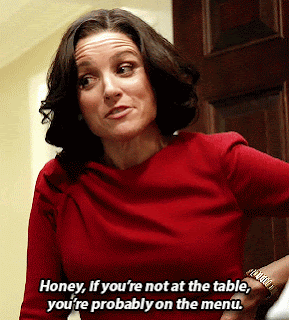 |
| Photo from Pexels |
Our only assignment this week was our Summary of a Learning project. I decided to do a brochure about the creative process since, in my opinion, is where I grew the most. As I detailed in my Summary of Learning post from last week, the technical things we learned were very important, but what purpose do they serve if we cannot successfully navigate the creative journey? That was the focus of my piece. I made a sort of "treasure map" that takes you from the nebulous first stage of creating something to the final stage where you feel satisfied with your creation. I meant it to fit any sort of creative endeavor.
I am very satisfied with my growth as a creator. I feel that I re-oriented myself in my thinking about being creative. Before, I thought of it in terms of my end product. Now, I see it in terms of the journey. I've learned to be more open to epiphanies, outside criticism and my own eye, which can now easily determine if something is my best work. I feel that this experience is irreplaceable and will serve as a vital asset in my professional future.
 |
| Creative Journey Pamphlet |
It is my plan to continue the upkeep of my blog or possible migrate to a different platform. I'm glad I have an online presence apart from my personal website to showcase my work. I cannot wait to update my site with my new work from this course. I might not blog as much as I did for PR Pubs, but I will keep writing. It will strengthen my portfolio and show potential employers that I am capable of maintaining an online presence.
The format of this course was innovative. It helped to keep stress off me and limit my outside-of-class work on pieces. The grading policy was probably the fairest of any course I have taken thus far in my college career because my instructor knows that creativity is subjective. It would be unfair to assign a letter grade to work we put much into. Knowing that as long as I gave it my best and submitted work on time reduced stress. It also allowed me greater time bravely to explore the creative journey.
This particular PR Pubs course will be an asset in my future public relations career. The techniques and processes I learned will set me apart from competitors in the job market and give me the chance to bring innovation to any future employer.
My story is just beginning. For now, it's to be continued...




























